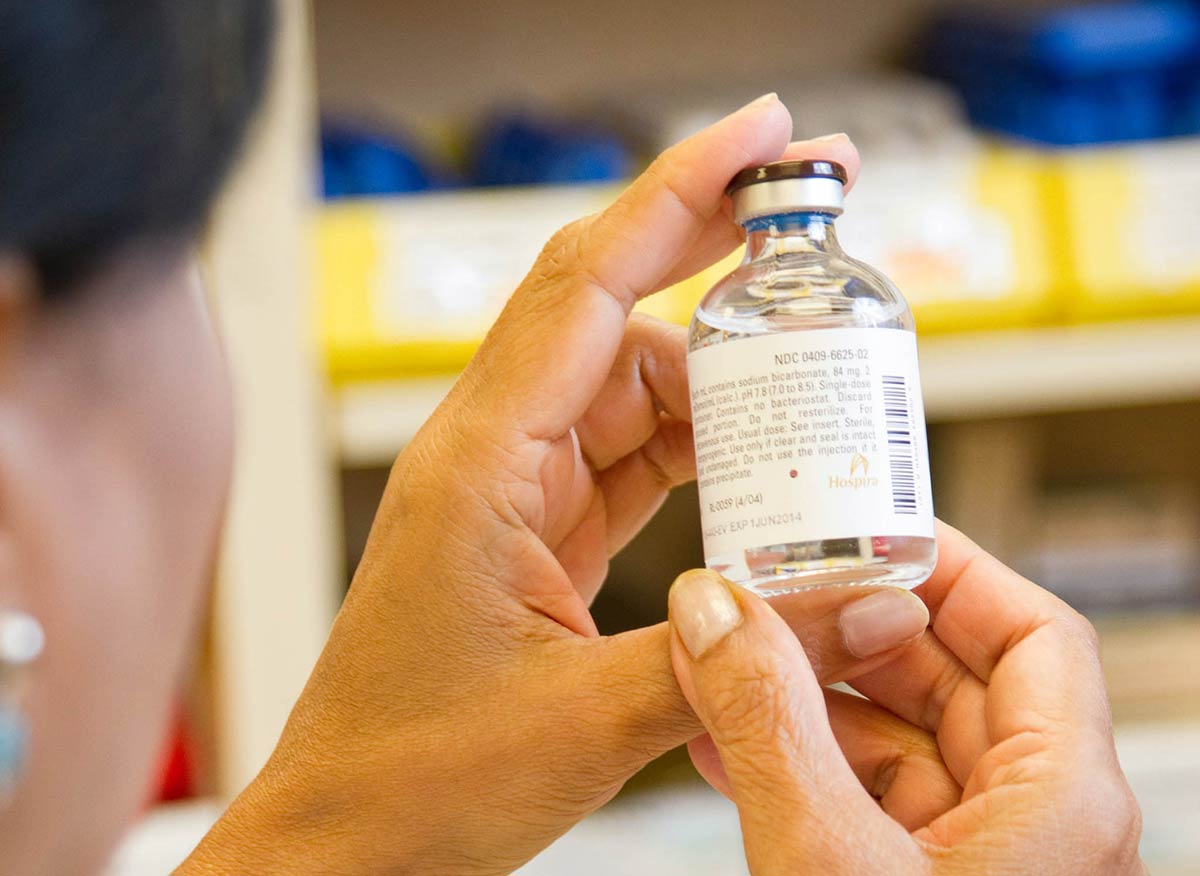 30Jul, 2020
30Jul, 2020
Why Coronavirus Cases At Young Is Bad News
It’s normal to feel anxiety, worry and grief any time you’re diagnosed with a medical condition – and that’s certainly true if you test positive for COVID-19, or are presumed to be positive. If your symptoms aren’t severe and you can recover at home, this will involve home isolation until it’s safe for you to be near others without potentially spreading the infection.
Isolation protects others from getting sick – but for the person who is sick, it might seem like one more thing on top of an already stressful situation. “Stress negatively affects your body, so while you rest up and work on recovering physically, it’s important to keep your mental health in check, too,” says psychiatrist Amit Anand, MD.
Here are some ways to keep anxiety and sadness from the creeping in while you recover from COVID-19:
Focus on what you can know and control
You may not know how you got infected, or how long it will take to recover. Instead of focusing your energy on regret or what ifs, double down on what you can do. Your job now is to take care of yourself, get well and avoid spreading the infection to anyone else.
Engage your support network
Ask loved ones to check in on you regularly via phone, email or video chat. Talk to them about how you’re feeling. If you’re worried about taking care of children, pets or household duties while you’re sick, identify family members, friends or members of your community who aren’t part of a high-risk population and may be able to help.
 30Jul, 2020
30Jul, 2020
Do Any Drugs Really Work to Treat Coronavirus?
Vast numbers of employees now work remotely, and it’s too late to develop a set of remote-work policies if you didn’t already have one. But there are ways to make the remote-work experience productive and engaging — for employees and the organization.
“At most organizations, scenario planning focuses on the necessary operational responses to ensure business continuity. Few of these plans address the ability or bandwidth of employees to focus on their work,” says Brian Kropp, Distinguished Vice President, Research, Gartner.
Use both direct conversations and indirect observations to get visibility into employees’ challenges and concerns. Use every opportunity to make clear to employees that you support and care for them. To facilitate regular conversations between managers and employees, provide managers with guidance on how best to broach sensitive subjects arising from the COVID-19 pandemic, including alternative work models, job security and prospects, impact on staffing and tension in the workplace.
Make sure employees have the technology they need to be successful, which may be more than just a mobile phone and laptop. For example, if you expect employees to attend virtual meetings, do they have adequate cameras?
Even if you don’t have an extensive set of technology and collaborative tools available, you can equip employees to function effectively when remote. But don’t just assume that people know how to operate with virtual communications — or are comfortable in that environment.
